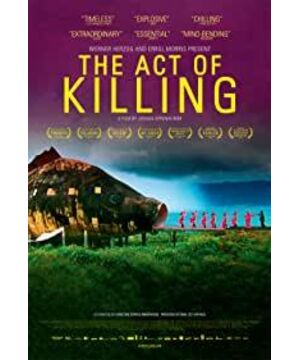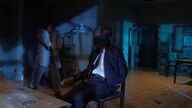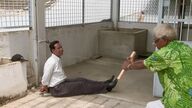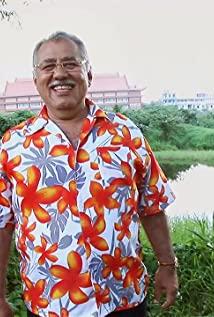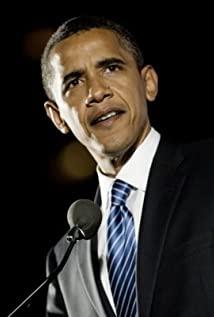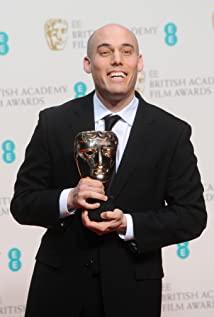This is a dream movie, but it may be worse than the worst dream.
If there were mature film critics in China, this work that was hard to come across in a career would now have hundreds of thousands of words long. And I actually have a lot of things at the end of the year, so I can only do the most scribbled portrayal.
The "Deduction of Murder", a "non-fiction movie", has an amazing complexity. This complexity stems from the grand talk and show off of murders by murderers who committed slaughter crimes in the past, when audiences acquiesce as modern and civilized. He even offered to replay the role of the year and demonstrate the slaughter again. Not only that, the murderers continued their rule in the local area, and the descendants of the victims still accepted their "slaughter."
This kind of content makes the audience fall into the dilemma of "unable to imagine it as real, let alone fictitious". The boundary between reality (record) and fiction (story) is eroded by shock and incomprehension, and the audience's general experience of the film is not enough. Respond to the challenges of the film.
What’s more deadly is that the military government that carried out the massacre was under the direct assistance of the Western government. The killers belonged to the victors of the two cold war camps (the camp to which most spectators identified themselves), and this victory Continue to this day.
The film did not stop there. The murderer played the role of the murderer and then played the victim, and finally became his own audience. In reflexive viewing, he experienced the horror that he had never felt when killing people. The complex feelings (unbelievable hypocrisy, sympathy, joy of justice, and compassion) formed by the audience's viewing of him and the retching reaction of him after viewing it are also difficult to simplify.
The film can be seen as an interspersion of triple killings and four types of "film-in-film". But whether it is the director's intention or the murderer's passion for filming plays a decisive role in the appearance of the final "film-in-film", it is worth exploring.
Triple killings are: 1. Past slaughter (1965), 2. Demonstration of how to kill people in the killing place-in the film, killing and being killed, 3. Crimes against the people that continue to this day.
The four types/sub-genres are: musicals, spy movies (ideological and political propaganda movies), crime movies, and western movies.
"Go to the killing place to demonstrate how to kill people-the performance of killing and being killed in the film" is the most spectacular and astonishing one, combined with crime films (American movies that Anwar likes to emphasize, their identity as movie theater gangsters). The last reflexive viewing.
The victim put a medal on the killer and thanked the killer for sending him to heaven. The song and dance film appeared at the beginning and near the end. It seems the most absurd, but it is the greatest truth. History is written by the victor, and the victory has not been tried. The person has the right to place the deceased in any position.
Bandit spy films (ideological and political propaganda films) and western films show how murderers use the power of fiction to construct their behavior as reasonable and legal and make themselves feel at ease.
The complexity of the film is far more than that. The three main performances of the murderer's ideas are quite different. One of them is deeply thoughtful and extremely sober, which almost speaks for the logic of the entire winner.
It can only be mentioned just in case, it is a supplementary note.
View more about The Act of Killing reviews


